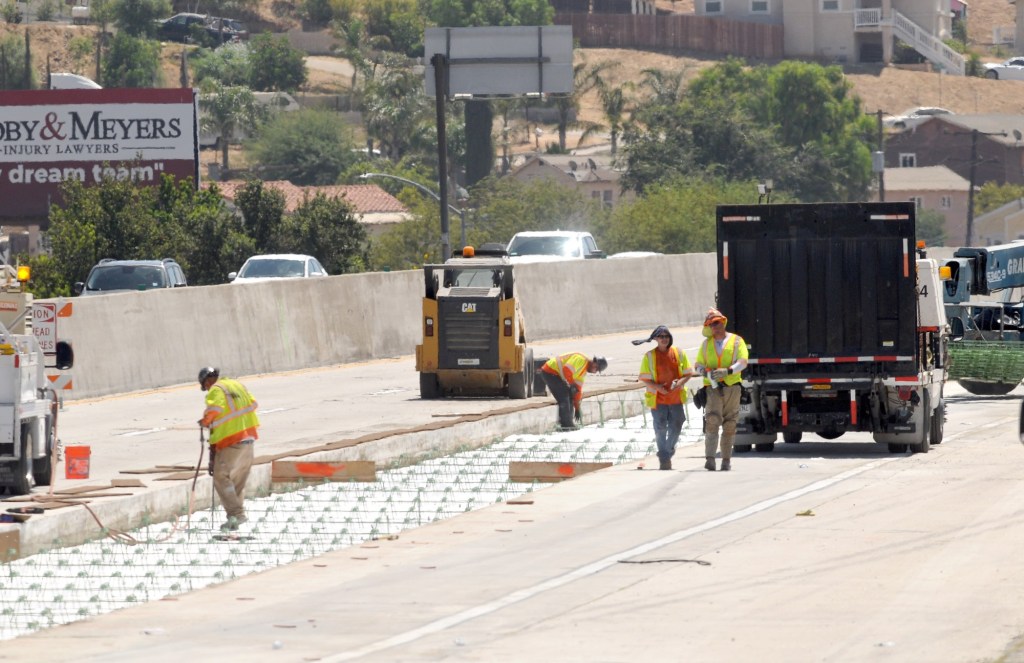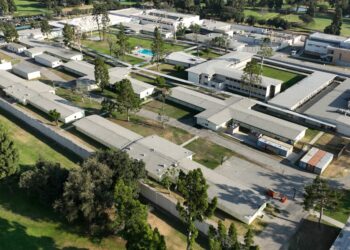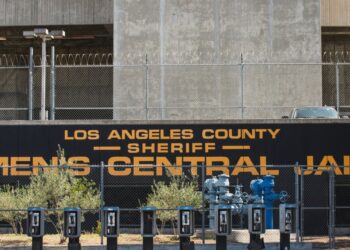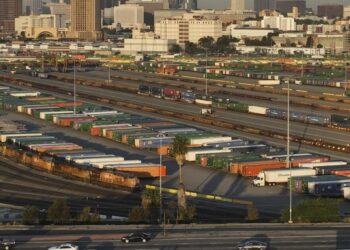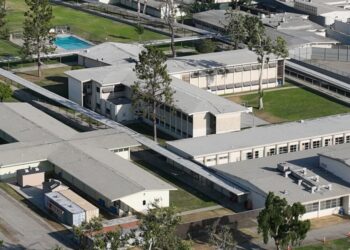Q. I was wondering why there are two different surface materials used in the construction of the new lanes on the 405 Freeway in Orange County. It makes for a rough ride in the areas where the two surface types adjoin. I’m sure it’s a common practice, but I’ve just noticed it on the 405 in the Fountain Valley/Westminster area with the recent completion of the freeway widening.
– John Doyle, Newport Beach
A. The ol’ wise one enjoys guiding the Honkmobile on a ribbon of pristine black asphalt, with white lane lines glistening.
He does not particularly like driving on the rougher concrete freeway lanes, which can be as ugly as an old Honk tie.
To provide sufficient traction, the concrete has groves while asphalt doesn’t need them. Plus, there are joints between the concrete slabs.
But Honk does understand concrete’s importance in the asphalt jungle.
It costs more to put in concrete lanes, although in the end they are less expensive.
Concrete can endure for 40 years, one Caltrans official told Honk a few years ago, with asphalt lasting perhaps 10 years and at times a couple of decades.
Typically, the price tag to rehabilitate a single, aging concrete lane for one mile is $250,000, Caltrans says. For a lane mile of asphalt, it’s $450,000.
When mulling over which of the two surfaces to use for a freeway lane, pavement engineers consider the soil, the cost, and how structurally sound the lane would be. And remember, each time a freeway lane is worked on, it is shut down – often irritating the motoring public – another consideration of pavement engineers.
On the 405 in Orange County, there was a patchwork of the two materials.
“This is a result of different projects over time, with different objectives, budgets, anticipated traffic loads and other site-specific considerations, resulting in projects choosing different pavement strategies,” said Sheilah Fortenberry, a Caltrans spokeswoman.
The Orange County Transportation Authority recently oversaw the $2.16…
Read the full article here

